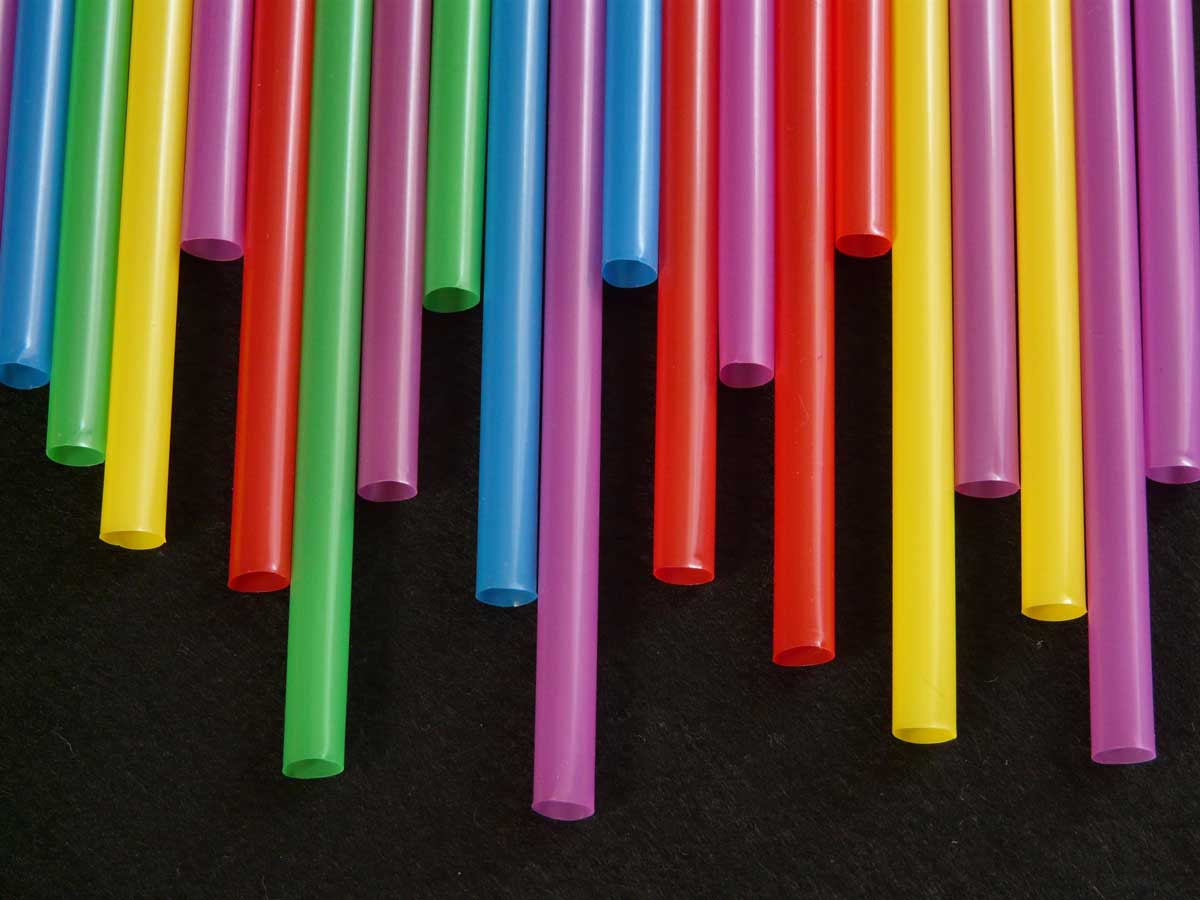Why are we still using single-use plastic straws? That disposable plastic straw in your daily Starbucks contributes to the death of thousands of sea creatures. It may sound harsh but that is the reality of this convenience.
Many, myself included, have gone our entire lives not knowing the impact what that a plastic straw has on the environment. Turtles or other sea life often mistake single-use plastic straws for food. These strong straws lodge themselves in the airways of turtles leading to suffocation.
“Imagine you are regurgitating a hard spaghetti—for example while laughing—which ends up in your nose and gets stuck.”
-Christine Figgener, a PhD student at Texas A&M University
That is exactly what happened to one sea turtle in the waters off Costa Rica. It’s believed that turtles think the straw is some kind of food. The straw get stuck in the turtle’s nose when they realize it isn’t food and attempt to regurgitate it.
How Big of a Problem is the Plastic Straw?
The United States discards enough straws, about 500,000,000; each day. That’s enough to wrap around the earth 2.5 times. Another way to look at it is that you could fill 127 school buses every day with the discarded plastic straws.
Most trash reaches the ocean via rivers, 80% by way of landfills and other urban sources. Fish consume this waste, it entangles sharks, and damages coral reefs it accumulates in gyres (areas of slow spiraling water and low winds) and along coastlines. Many of the animals that find themselves at SeaWorld San Diego’s rehabilitation center are there because of this very issue.
When you look at the numbers it is quite astounding. 90% of all the trash that is floating in the world’s oceans is plastics. Whether it is the plastic straw or a single-use grocery bags, they all contribute to a huge man made problem.
A plastic straw from every step of its creation causes pollution. Manufacturing plastics starts with drilling for fossil fuels. In fact, 8% of oil drilling is related to plastic production. The manufacturing process, shipping, and distribution, also contribute to pollution. Since these single-use plastic straws do not biodegrade they end up photodegrading. Photodegrading means the plastic breaks down into smaller more harmful pieces that last centuries.
Photographer Chris Jordan visited the Pacific island of Midway near Hawaii to photograph the huge Albatross communities and the effects that man-made pollution has had on this majestic creatures. His heartbreaking photographs highlight the destruction, pain and death our carelessness causes. Many of the young birds on the island die because their stomachs become full of all sorts of plastic debris. The situation is even sadder as many mother and father birds bring this plastic to their babies thinking it is food. You can learn more about this at https://www.albatrossthefilm.com
Plastic Pollution Related Deaths
By 2050, it’s estimated that plastics will out number fish in the sea.
- 90% of sea birds have eaten plastics, by 2050 its expected to be 99%
- 1,000,000 sea birds die annually
- Fish consume 12,000 to 24,000 tons of plastics each year just in the North Pacific
- 100,000 marine animals die each year because of plastics
What Can I Do About Plastic Pollution in the Ocean?
One of the first things that you can do is to refuse a straw when out for dinner or grabbing your Starbucks. If you think about, it most servers and restaurants just bring a straw with your drinks. Some restaurants even have it bundled with the silverware. These straws end up in the trash or worse, in the oceans.
Every time you do this means one less straw that may harm an animal. You can also ask to speak to the manager about possibly switching to paper straws and/or to only serve straws upon request. You can even print off these cards from The Last Plastic Straw to leave with a manager. Each step makes a difference. Someone has to start the movement in your area, why not you?
Alternatives to Single-Use Plastic Straws
The next step that you can take is to get a reusable straw. These come as stainless, silicone, or glass straws, there is even an option for bamboo straws. All of these straws can be reused without adding harm to the environment from litter. You can even take it old school and get paper straws. Paper straws continue to improve durability and now last as long as it take for you to drink your soda or tea. Paper straws are great alternatives that you can push your local restaurants and coffee shops to stock in stead of the plastic straws.
There even is a new product called the FinalStraw that is currently a kickstarter. It hopes to end the use of single use straws but also aims to be convenient.
Many cities around the world are progressing towards banning single-use plastic straws. The United Kingdom is looking to completely ban plastic straws. Many businesses, like McDonalds in the U.K., are making that initial step by removing plastic straws and instead offering the paper variety. Some only give straws out when asked for by customers.
If we all work together and put pressure on the businesses we frequent, we can help stop this problem that leads to senseless deaths.
So accept the challenge to #StopSucking. Then tell your friends, favorite coffee shops, restaurants, and bars to also #StopSucking.

